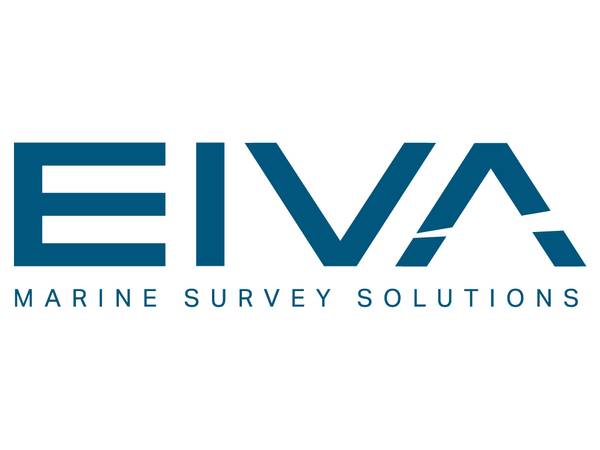
During November and December 2011 the Swedish Navy received the last two of four state of-the-art AUVs (Autonomous Underwater Vehicles) from the Danish company EIVA a/s.
The AUVs are equipped with advanced sensors in the form of sonars and underwater cameras and they are designed to operate autonomously underwater following a mission route planned ahead. There is a multitude of purposes for which the AUVs can be used. For instance mine detection, visual inspection of the seabed, location of mission objects etc. After a series of rigorous sea trials in the Swedish archipelago, testing the AUVs ability to operate different types of missions including depth-trials, duration-trials and complex search patterns with the successful identification of objects the AUVs were handed over to the Swedish Navy. The AUVs are of the type REMUS 100 from the US producer Hydroid, a Kongsberg company. They are equipped with different sensors from producers such as EdgeTech and MarineSonic.
The delivery includes communication buoy, sub-surface transponders for accurate positioning, post processing software, and training of the Swedish Navy personnel. As a supplier of advanced underwater equipment EIVA a/s is capable of supplying a wide range of equipment for sub-surface missions, including different types of remotely operated vehicles or autonomous units with a wide variety of sensor packages.



